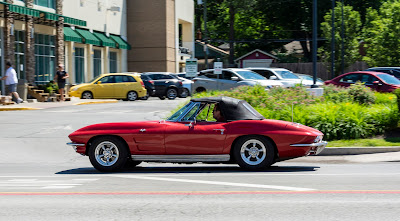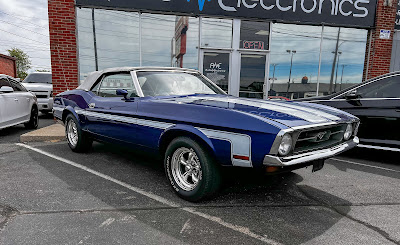The 1988 model year was a jolt for fans of classic Detroit iron. The G-body coupes from General Motors, practically the last bastion of classic midsize front-engine, rear-wheel-drive coupes, got axed and replaced with smaller front wheel drive substitutes.
The G-body Buick Regal and Pontiac Grand Prix, cars that had been the staple of NASCAR were gone. (The Oldsmobile Cutlass Supreme and Chevy Monte Carlo got a one model year reprieve, with the RWD Olds still being sold for the '88 model year as the Cutlass Supreme Classic alongside its FWD replacement, and the Monte disappearing for '89, replaced by the 1990 Lumina coupe.)
Those G-bodies were the cars that much of GenX learned to drive on, borrowing dad's Cutlass 442 or mom's Monte Carlo LS on a Friday night and doing the only performance modification you could do that could be undone without anyone being the wiser: Flip the air cleaner lid upside down so you could hear the weedy little 305 or 307 smog motor sucking air through the Rochester carb for all it was worth while you brake-torqued it at the traffic light in front of the Dairy Queen to annihilate that kid in the Accord coupe.
The replacement for the RWD G-body Pontiac Grand Prix was built on GM's new FWD W-body platform, also known as the GM10 cars.
In addition to going to front wheel drive, the sixth generation Grand Prix offered another change, because starting with the 1990 model year, a 4-door sedan was offered alongside the coupe; a first for the Grand Prix nameplate, which up until now had solely been a personal luxury coupe.
For the 1994 model year, Pontiac gave the Grand Prix a mild styling refresh, with new front and rear fascias. The car in the photo, a Grand Prix SE sedan in Medium Teal Metallic, is from the '94-'96 model years. The steel wheels and plastic wheel covers tell us it doesn't have the GT package, so under the hood you'll find GM's 3.1L 3100 pushrod V-6 rated at 160 SAE net horsepower.
With the port fuel injected engines, there was no flipping the air cleaner lid over for that easy 2hp boost, alas...
The one in the picture was photographed in December of 2023 using a Canon EOS-1D Mark IV and an EF 24-105mm f/4L IS zoom lens.




















































